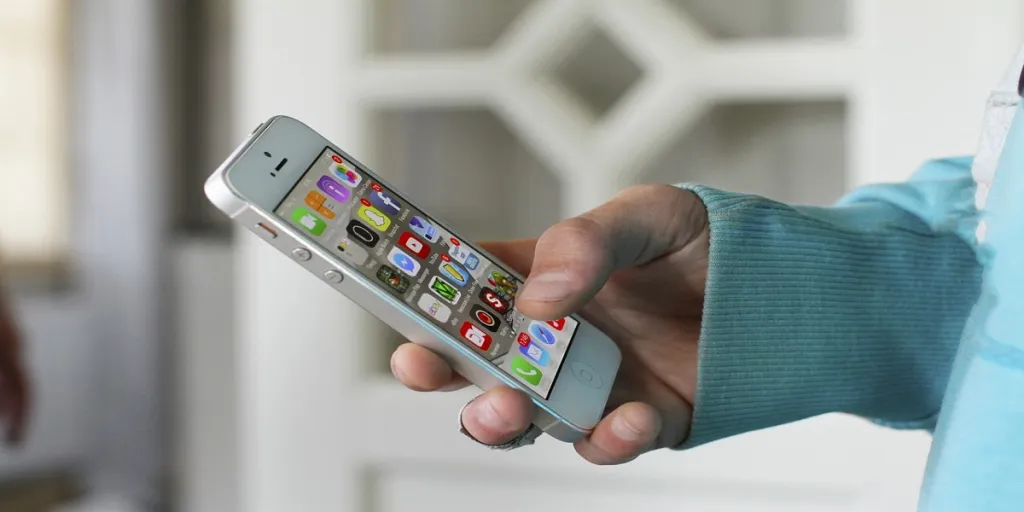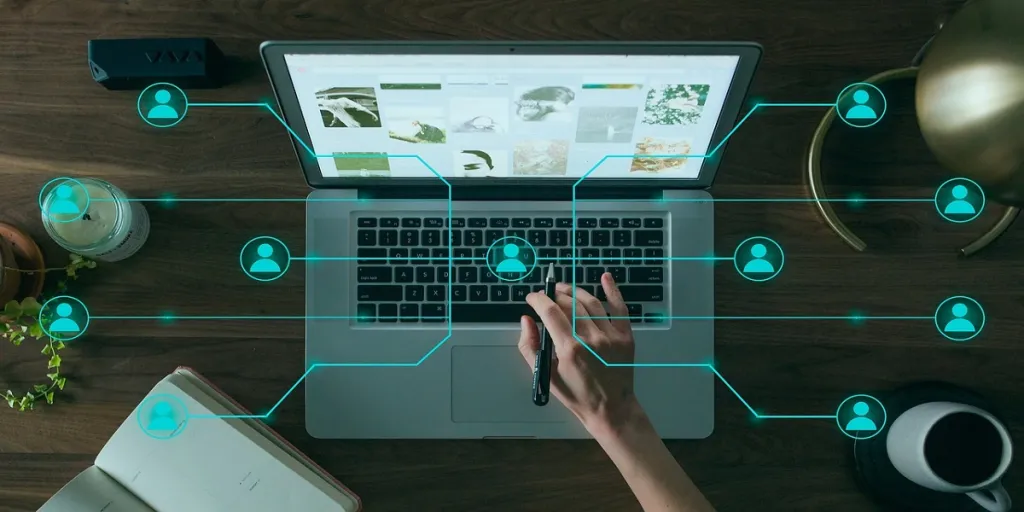Table of Contents
1. Choose an appropriate greeting
2. Set the tone
3. Address the recipient
4. Include a relevant opening line
5. Acknowledge the recipient (if applicable)
6. State the main point early
7. Be concise and direct
Email openings to avoid
Summary
Understanding how to start an email appropriately can make or break your message. Those first words set the stage for everything that follows — you need to address the recipient correctly, choose an appropriate greeting, and set the right tone for the email.
With so many other things competing for your readers’ attention, it’s essential to have a great opening line to hook them right away. Then, you must know how to write clear, concise copy that gets right to the point.
This guide will walk you through seven concepts to remember when kicking off your messages. If you master these concepts, you can send professional emails with confidence.
1. Choose an appropriate greeting
Your greeting will be the first thing your recipient sees after your subject line, making it one of the first impressions a user will have about your message. It may seem less important than the main body of your email, but if this opening line is ineffective, they probably won’t read the rest of the email anyway. Needless to say, then, learning how to start an email greeting is a great skill to master.
- For formal emails, “Dear [Name],” “Hello [Name],” or “Good morning/afternoon/evening” are good options. These fit formal talks or when you don’t know the person well.
- You can be more casual for coworkers or people you know in a less formal manner. “Hi [Name],” or just “[Name],” is fine. But don’t use super casual greetings like “Yo” or “What’s up” in work emails unless you’re very confident it’s appropriate.
- When writing to groups, try “Hello everyone” or “Hi team.” If you’re unsure who you’re writing to, “To Whom It May Concern” is a safe but less personal greeting.
Examples
- Formal: “Hello Steve,“
- Informal: “Steve,“
- Group: “Hello Marketing Team,“
2. Set the tone
Getting the right tone in your email is critical. There are three main ways to write your message: formal, conversational, and casual.
- Formal writing is best for emailing strangers or management. Keep your message focused, ensure your language is appropriate, and make sure your grammar is dialed in.
- The conversational tone mixes friendliness with professionalism. It’s great for emails to coworkers, clients, or people you know. You can use “I” and “you,” simpler words, and shorter sentences.
- A casual tone is for emails to friends or close coworkers. You can use slang and fun phrases and worry less about grammar.
- Keep the same tone throughout your email. Your word choice and how you vary your sentences change how formal or casual your email sounds.
- When in doubt, it’s better to be more formal.
Examples
- Formal: “We will send the annual report this Friday before the end of business. We would appreciate feedback on this item within five business days after delivery.“
- Conversational: “I will send the annual report by the end of the week. It would be great to get feedback the following week.“
- Casual: “I’m going to send the report out EOW. Get it back to me sometime next week.“
3. Address the recipient
Knowing how to start an email means properly addressing the recipient. When unsure about someone’s title, it’s better to be too formal than overly casual.
- Using the full name without a title, like “Dear Alex Johnson,” is always okay
- When writing to a professor or doctor, use their title and last name to show respect
- Don’t get too friendly too fast — stick to last names unless you know the person well
- For people you email often, try to match how formal or casual they are
- If you don’t know someone’s gender, use their full name without a title
Examples
- Formal: “Dear Joseph Turner,“ “Dear Dr. Turner,“ “Dear Mr. Turner“
- Conversational: “Dear Joseph“
- Casual: “Joe“
4. Include a relevant opening line
Your first sentence needs to hook your reader into engaging with the rest of your message. Be clear about why you’re writing.
- Immediately tell the recipient why you’re writing to them in particular
- Explain to the recipient the purpose of this message
- You can use tools like Omnisend’s email builder to help you convey the perfect message
Examples
- Immediate explanation: “I’m writing about the marketing plan for your new product.”
- Remind them why: “After we talked at the conference, I have some ideas for improving your email campaigns.”
5. Acknowledge the recipient (if applicable)
Acknowledging something the recipient has done or saying thanks can help build a solid relationship.
- A simple “Thanks for answering so fast” or “I’m glad you looked into this” can start things off well and show you value their time and help
- Acknowledging the recipient is important when responding to an email like an inbound lead
- You can also acknowledge and thank the person just for reading your message
Examples
- “Thank you so much for getting back to me with that report.”
- “I appreciate you taking the time to review this issue.”
6. State the main point early
Stating the point early is extremely important — your reader doesn’t want to be tricked into reading your email, they want to feel that their time is valued. By being upfront about the purpose of your message, you are showing professional courtesy.
- While being concise, make sure you get all the critical details added
- Avoid unnecessary pleasantries and small talk
- Bullet points can be a great tool for drafting clean, concise copy
- Before writing, ask yourself, “What next action do I want the recipient to take?” This action should be the focus of your email
- State the desired call-to-action and make sure the recipient’s next action is clear
Examples
- “Thank you for the report. I am writing back to request a few edits.”
- “Dear Mr. Roberts, we met last week at the technology conference. I am writing to you to set up a time for a phone call.”
7. Be concise and direct
In professional emails, being clear and concise is important. It will make sure your message remains clear, and misunderstandings are limited.
- Being direct doesn’t mean being rude — stay professional, just cut out the fluff
- Remove filler words like “basically” or “in reality” and join similar sentences to make things clearer and flow better
- Try to make your emails 10-20% shorter by careful editing. Read them out loud to find extra words to cut
- Using active voice makes things more engaging
- Use bullet points or numbered lists when it makes sense
- Don’t over-explain to people who already know stuff
Example
“Dear Robert,
Thank you so much for the report. I am writing back to request a few edits to the document:
- On page 1, change the voice to active
- On page 5, add in a case study for company X
If possible, I want to get these changes done by the end of the week.”
Email openings to avoid
When learning how to start an email professionally, you must also learn how to avoid spam traps. Creating subject lines and copy that keep your emails from being marked as spam will give you a better open and read rate.
- Use a reliable email platform
- Use a business domain with correct SPF records
- If sending emails from a list, use a double opt-in signup form
- Warm up your IP address
- Write accurate subject lines — don’t use trickery to get opens
- Avoid words like:
- Make money
- Get extra cash
- Save big
- 100% free
- 0% risk-free
- Win $$
- Cash bonus
- Instant bonus
- Don’t miss this
- Make unsubscribing easy
- Don’t start with “Click here” — it lacks context and seems spammy
Summary
Knowing how to start an email is an important professional skill to develop. In this article, we looked at seven key steps:
- Picking the right greetings
- Setting the right tone
- Addressing people correctly
- Making relevant openings
- Thinking about the reader
- Clearly stating the main points
- Being concise and direct
These strategies will increase the effectiveness of your emails, and increase your engagement.
The next step is to hone your skills. Try different openings to see what works best with your different audiences — there is no one-size-fits-all solution for email.
Looking for an email platform that can help you send the right message and improve the effectiveness of your subject lines?
Source from Omnisend
Disclaimer: The information set forth above is provided by omnisend.com independently of Alibaba.com. Alibaba.com makes no representation and warranties as to the quality and reliability of the seller and products.







